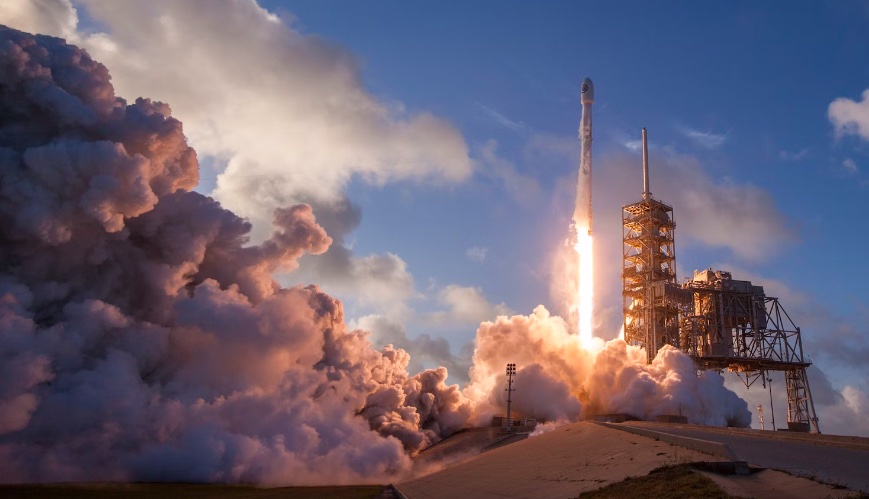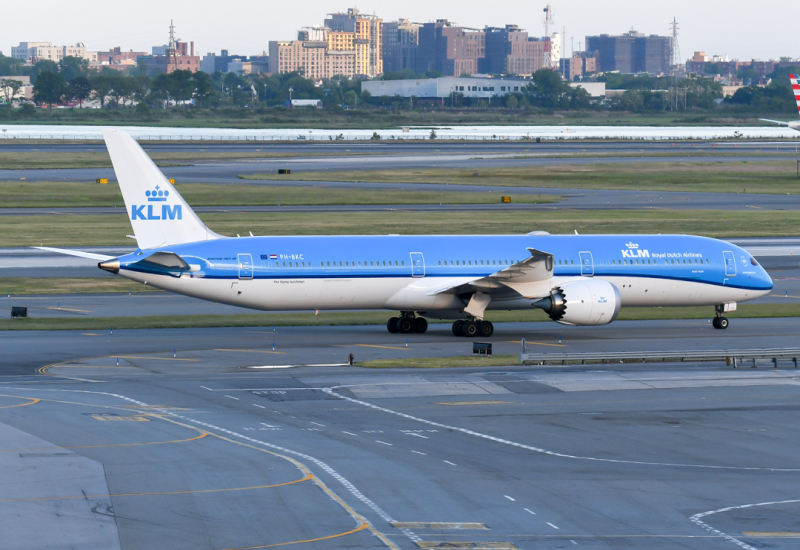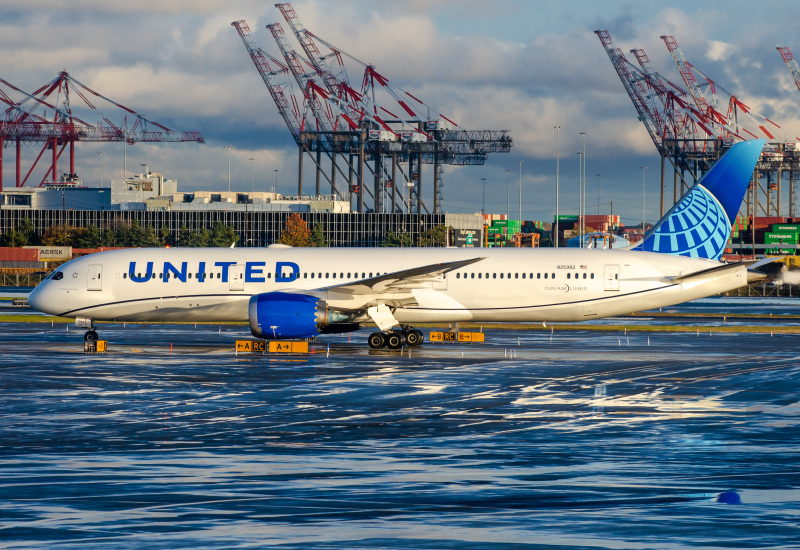Automation and Artificial Intelligence (AI) have taken many industries by storm, aerospace being among them. Given that the modifications of technologies will further change aerospace systems, it is critical for aerospace education to keep abreast of the emerging situations that the generations to come will be dealing with. This article touches on how automation and AI influence aerospace schooling in terms of the possible good effects, as well as the challenges to be faced and the revolution to occur.

Getting to grips with automation and AI in aerospace
Automation and AI technologies have already completely changed the profile of the aerospace industry. Autonomous flight systems, intelligent maintenance, and advanced air traffic management, to name but a few, are tools that improve safety, productivity, and performance. The implementation of automation and AI will enable the collection and analysis of real-time data for predictive maintenance, the deployment of autonomous drones, and even the design of next-gen aircraft.
How does automation and AI affect aerospace education?
Automation and AI have become part of the curriculum. Aerospace educational programs need to include topics of automation and AI in their learning materials. This implies taking sessions on autonomous systems, machine learning algorithms, data analytics, and ethics in artificial intelligence. Also, students can employ a personal statement writer to guide them on any course they find difficult. With the introduction of these areas, the students can get a full picture of the aerospace technologies dominating the future.
Automation and AI have caused the revolution of types of skills needed in the workplace. With the increasing automation and AI within the aerospace field, the skill requirements for aerospace professionals are also going through a change. Aerospace education has to empower students with the technical proficiency to construct, run, and repair computerized machines. On the other hand, interdisciplinary skills, including data analysis, machine learning, and human-machine interaction will be required more and more. A hands-on experience with automation and AI technologies is a must. Aerospace education centers should look to create circumstances that involve students in the practical use of devices such as flight simulators, autonomous drones, and/or AI-involved aircraft systems. This experience helps the students gain a deeper understanding of the technologies and get a foretaste of the types of challenges they might face in their professions.
Automation and AI require various applications to be based on substantial joint research. The sharing of resources, research ideas, and strategies between aerospace education institutions, industry, and research organizations is essential. Collaborative research can encompass the benefits of aerospace and AI, develop smart technologies, and tackle the specific problems of aerospace. This cooperation guarantees that aerospace education is consistent with industry standards and enhances technological progress.

Automation and AI are ethically nuanced. The application of automation and AI triggers the rise of a host of ethical considerations that aerospace training should solve. AI is probably the most divisive technology that affects the industry of aerospace. Students ought to realize the ethical consequences of AI in aerospace, particularly privacy, data security, algorithmic bias, and human-machine interaction. Such education will fully equip future professionals to navigate the ethical issues of technologies that may pose ethical dilemmas in the future during their line of duty.
What Specific Challenges and Opportunities May Exist?
Automation and AI, being a boon to the aerospace sector also present their own set of challenges in aerospace education:
The speed at which we are becoming more and more technology-reliant (automation and AI) ought to be thought through. The fast development of automation and AI in the aerospace sector necessitates the educational system to be smooth in adapting. Educators in institutions have to make sure the content of the syllabus covers the newest trends and gives students an opportunity to obtain the latest information and skills.
The emergence of automation and AI gives rise to employment reskilling. Automation and AI integration may bring a change in workforce structure within the aerospace industry. Aerospace learning centers need to provide a space for professionals where they can certify their skills in order to smoothly transfer to a new generation of the aerospace industry.

Automation and AI necessitate an interdisciplinary approach. Autonomy and AI imply that an interdisciplinary approach is needed, which integrates aerospace engineering, computer science, data analytics, and ethics, among others. Aerospace education centers need to encourage interdisciplinary collaboration to create an innovative workforce equipped to deal with real-world challenges.
Automation and AI can transform aerospace learning
Automation and AI are revolutionizing the aerospace industry, and as a result, aerospace education must evolve in order to embrace the new challenges that the field is facing. Implementing automation and AI themes into curricula, offering practical experience, building interdisciplinary collaboration, as well as dealing with moral questions are the areas where aerospace education will prepare future professionals to work with these technologies usefully. By taking advantage of automation and AI, students would be able to lead the aerospace industry to the future of less hassle, more technology, and safer and more efficient flying.
Thousands of Flights Impacted as Winter Storm Blair Hits U.S. » Emirates Dismisses Viral A330 Plane Crash Video as "Fabricated and Untrue" » Export Development Canada Secures Aircraft Repossession in Nigeria Under Cape Town Convention »
Comments (0)
Add Your Comment
SHARE
TAGS
INFORMATIONAL Aerospace Aviation Automation AI Artificial IntelligenceRECENTLY PUBLISHED
 Could You Survive a Plane Crash? The Unlikely Science of Plane Crash Survival
With air travel consistently being heralded as the safest form of public transport, most of us do not board a plane pondering our chances of survival in the event of a crash. But, is it possible to survive one?
INFORMATIONAL
READ MORE »
Could You Survive a Plane Crash? The Unlikely Science of Plane Crash Survival
With air travel consistently being heralded as the safest form of public transport, most of us do not board a plane pondering our chances of survival in the event of a crash. But, is it possible to survive one?
INFORMATIONAL
READ MORE »
 Maldivian Airlines Introduces First-Ever Widebody Aircraft, Plans New China Flights
Maldivian, the government-owned national airline of the Maldives, has just welcomed its first-ever wide body aircraft: the Airbus A330-200. With the new aircraft, the carrier also plans brand-new long haul international flights to China.
NEWS
READ MORE »
Maldivian Airlines Introduces First-Ever Widebody Aircraft, Plans New China Flights
Maldivian, the government-owned national airline of the Maldives, has just welcomed its first-ever wide body aircraft: the Airbus A330-200. With the new aircraft, the carrier also plans brand-new long haul international flights to China.
NEWS
READ MORE »
 Thousands of Flights Impacted as Winter Storm Blair Hits U.S.
Winter Storm Blair has unleashed a huge blast of snow, ice, and freezing temperatures across the Central and Eastern United States.
As of Sunday afternoon, over 6,700 flights and counting have been disrupted. This includes cancelations and significant delays leaving passengers scrambling to change flights and adjust travel plans.
NEWS
READ MORE »
Thousands of Flights Impacted as Winter Storm Blair Hits U.S.
Winter Storm Blair has unleashed a huge blast of snow, ice, and freezing temperatures across the Central and Eastern United States.
As of Sunday afternoon, over 6,700 flights and counting have been disrupted. This includes cancelations and significant delays leaving passengers scrambling to change flights and adjust travel plans.
NEWS
READ MORE »





